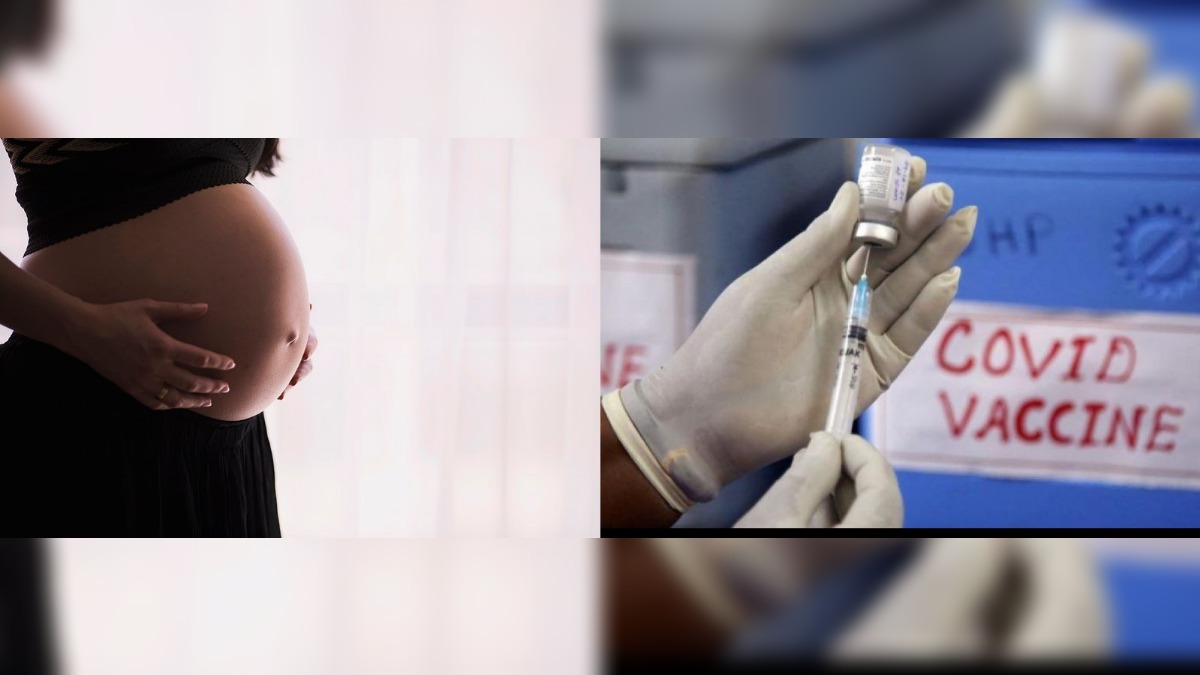Getting the Covid-19 vaccination during pregnancy has created a lot of aversion and questions in women of varying ages and demographics. Pregnant women have avoided getting the vaccination, citing safety risks to them and their babies.
A new study found that the administration of Covid-19 vaccination generates functional anti-spike (anti-S) IgG antibodies in maternal circulation that can shield the newborn and the infants from contracting the Covid-19 infection. The spike in antibodies was detected in the umbilical cord blood following the baby’s delivery.
The presence of the Anti-S IgG titers in the umbilical cord coincided with the maternal titers. The presence of the antibodies was at its peak during the late second and early third-trimester vaccination.
The study collected samples from 77 vaccinated pregnant women and 12 pregnant women with symptomatic SARS-CoV-2 infection.
The researchers then collected capillary serum samples from 49 infants of the vaccinated mothers at their six months mark. They also collected serum samples from 28 infants of the vaccinated mothers following 170 days of birth and the samples from 12 infants (after 207 days of their birth) of infected mothers.
The vaccinated women had higher antibody titers than the infected mothers. Compared to the antibody persistence from the SARS-CoV-2 infection, the vaccine resulted in significantly higher persistence in the bodies of the infants.
So, in short, the study clarifies that babies born to Covid-19 vaccinated mothers had better persistent anti-S antibodies at six months, compared to the babies whose mother contracted the infection during their pregnancy.
Since the administration of the Covid-19 vaccinations is still unplanned for infants younger than six months, studying and understanding the persistence of the maternal antibodies on the infants is crucial. The study limitations include a small pool of data and subjects included in the paper.
Reference:
Durability of Anti-Spike Antibodies in Infants After Maternal COVID-19 Vaccination or Natural Infection Lydia L. Shook, MD1; Caroline G. Atyeo, BS2; Lael M. Yonker, MD3; et al doi:10.1001/jama.2022.1206




